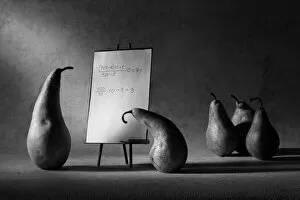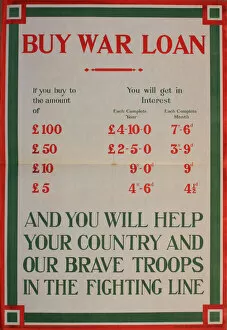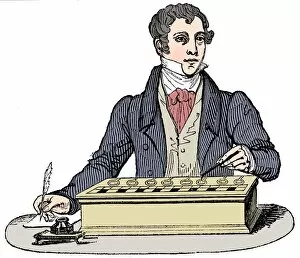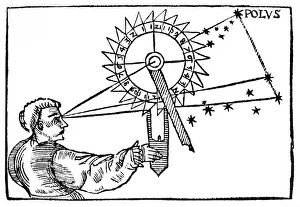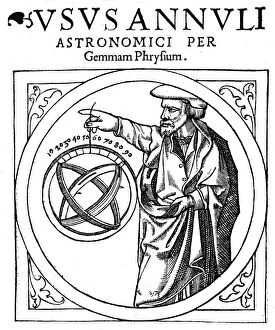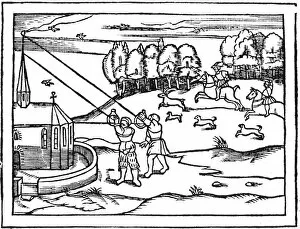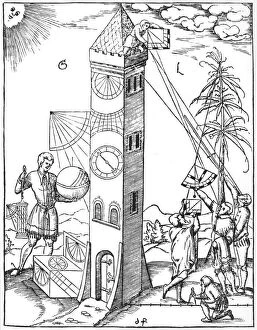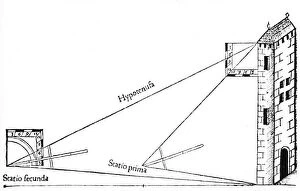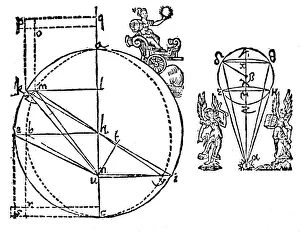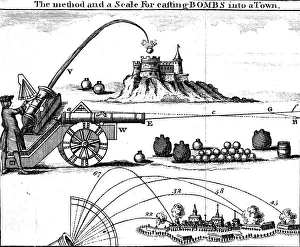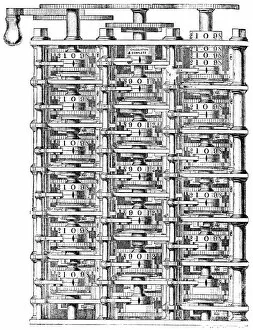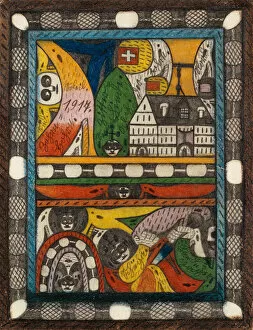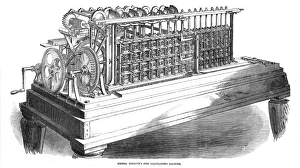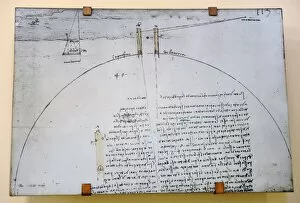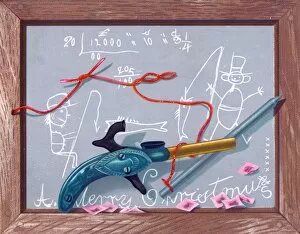Calculation Collection (page 3)
"Unleashing the Power of Calculation: From Babbage's Engine to Quantum Computers" Step into a captivating journey through the evolution of calculation
All Professionally Made to Order for Quick Shipping
"Unleashing the Power of Calculation: From Babbage's Engine to Quantum Computers" Step into a captivating journey through the evolution of calculation, where innovation and ingenuity have shaped our understanding of numbers. Transport yourself back in time to witness Charles Babbage's groundbreaking invention, the precursor to modern computers - Babbage's Engine. Marvel at its intricate gears and cogs that revolutionized computation. Fast forward to 1955 in Berkeley, where an anti-proton experiment pushed the boundaries of scientific discovery. The lecture theatre buzzes with excitement as researchers delve into uncharted territories. Delve further into history as you explore Pascal's calculator, a remarkable 17th-century artwork that paved the way for mechanical calculations. Admire its craftsmanship and envision how it transformed mathematical problem-solving. Discover ancient civilizations' counting systems like those used by Egyptians and Assyrians. Unearthed from the depths of time is a detail from the Rhind Mathematical Papyrus dating back to Egypt's Hyksos period – a testament to their advanced numerical prowess. Immerse yourself in G. H. Davis' Schneider contest nerve center, where minds collide in pursuit of computational excellence. Witness their dedication as they unravel complex problems with precision and skill. Venture beyond traditional calculations as hydrometers and hygrometers take center stage – instruments that measure density and humidity respectively, showcasing how mathematics extends its reach across various disciplines. Journey towards Fort Wright on Fishers Island, New York, where mortar calculations played a pivotal role in fortification strategies during times of conflict. Appreciate how precise measurements ensured strength and security. Peer into tomorrow’s realm with awe-inspiring quantum computer cores – marvels capable of processing vast amounts of information simultaneously using quantum bits or qubits; unlocking new frontiers yet unexplored. Finally, be captivated by Benito Bails’ "Elementos de Matematica, " an architectural masterpiece merging art and mathematics.












